How Many Amp Hours Do I Need for Boondocking?
Boondocking, or camping without hookups, is a rewarding way to enjoy the freedom of RVing. However, power management can be tricky when you don’t have access to electrical hookups. For this, you may ask how many amp hours of power do you need for boondocking.
Normally, most RVers need 200 to 600 amp hours of battery capacity for boondocking depending on their RV size and electrical usage. Smaller rigs and conservative use allow boondocking with fewer amp hours. Larger rigs with extensive electronics require more. Careful monitoring of your actual usage is key to optimizing your system.
Planning your electrical system ahead of time ensures you have sufficient power for lights, fridges, gadgets, and appliances when off-grid. Read on to learn how to calculate your personal amp hour needs and choose the best RV batteries, solar panels, and other gear for carefree boondocking adventures.
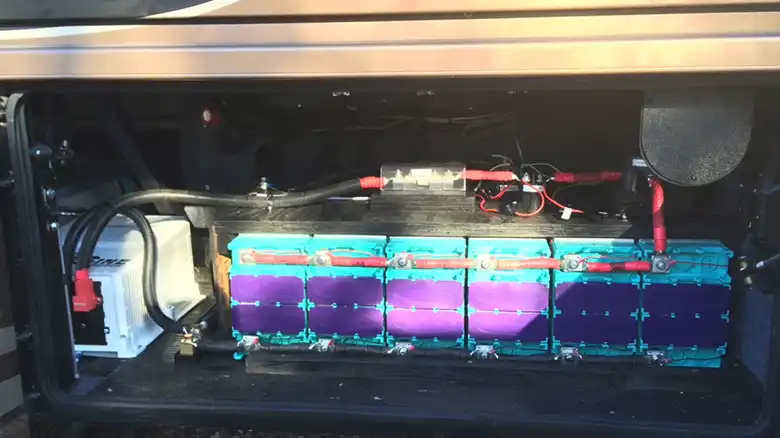
What Is the Required Amp Hours for Boondocking
Your battery bank provides the power reservoir for operating when solar panels aren’t recharging.
For boondocking, you need sufficient capacity to run appliances for 24 hours without sun. But also consider how many cloudy days in a row you want to sustain.
Lead Acid Batteries
For lead acid batteries, a common boondocking ratio is 2-3 days of amp hour capacity to your calculated daily load.
So if you need 50 amp hours per day, choose a bank with 100-150 amp hours. This allows for inefficiencies and some bad weather.
For longer autonomy, scale up accordingly. Need a week off-grid? 7 days x 50 AH = 350 AH battery bank.
Lithium Batteries
Lithium batteries are more efficient but also more expensive. A typical lithium bank for boondocking is 1.5-2 days capacity.
So for a 50 AH daily load, choose a 100-150 AH lithium bank. You’ll need a special lithium charger too.
Lithium’s fast rechargeability enables smaller banks combined with enough solar panels. But make sure your electrical system components all support lithium charging.
Battery Bank Configuration
For 12v systems, you wire batteries in parallel to increase amp hours. Wire 6v or 8v batteries in series-parallel to achieve 12v with higher capacities.
Use large 2v cells for the highest capacities like with full-time off-grid houses. But most RVers stick with 6v or 12v banks for convenience.
When wiring your bank, ensure even charging and discharging across batteries with smart chargers and shunts. Proper battery monitoring also lets you track the state of charge.
How to CalculateYour Electrical Load for Boondocking
Determining your amp hour requirement starts with calculating the total daily load in your RV. Here are the steps:
Step 1: Make a list of all electrical devices and appliances
Catalog everything you want to run off your house battery bank – lights, vent fans, water pump, furnace, fridge, gadgets, etc. If it uses electricity, put it on the list.
Also list 120v devices you’ll run off an inverter like a coffee maker, Instant Pot, or laptop. These consume battery power too.
Step 2: Determine the wattage draw for each device
Check product specs or use a kill-a-watt meter to measure the actual load in watts or amps.
Make sure to account for start-up surge watts for motors in appliances like the fridges, roof vent fans, or air conditioners. These briefly spike on start-up before dropping to a lower continuous wattage.
Step 3: Estimate your daily usage time for each device
Track how many minutes/hours per day you’ll use everything on your list. Create a chart with the device, watts, and time.
Step 4: Calculate the total watt-hours per day
Multiply watts by time in hours for each device to get WH (watt-hours). Add up all the WH for the grand total of watt-hours you’ll use per day.
Step 5: Convert watt-hours to amp-hours
Divide your total daily WH by your battery bank voltage, usually 12v, to get amp-hours.
For example, if your total is 600 WH per day, divide by 12v to get 50 amp-hours as your estimated daily load.
This amp-hour number will be important for choosing the right battery capacity and solar panels.
Factoring In Other Considerations
Beyond your strict device usage, a few other factors impact real-world power needs:
- Inverter Inefficiency: Count on ~20% loss when inverting 12v DC to 120v AC. So if you calculated 100 WH for laptop charging via inverter, plan on 120 WH from the battery.
- Battery Efficiency: Lead acid batteries are only 50-85% efficient when discharging, with more loss as they deplete. Lithium batteries fare better at around 90-95% efficiency.
- Weather Conditions: Cold weather increases the load for heating. Overcast weather reduces solar recharging.
- Battery Charging Losses: Recharging batteries dissipate 5-10% of energy as heat.
- Safety Buffer: It’s good practice to have at least 20% more capacity than your calculated load as a safety margin.
Factor these inefficiencies in when choosing your battery bank size and solar panels. It’s better to have overcapacity than run out of power!
Tips to Choose Your Solar Panel Capacity
Solar panels capture photons from sunlight and convert them to electricity to replenish your batteries.
For boondocking, your solar array needs to harvest enough power each day to replace the energy you use.
1. Calculate Panel Wattage
As a rule of thumb, plan for 100 to 200 watts of solar per 100 amp hours of battery capacity for boondocking.
So a 200 AH battery bank would need 200-400 watts of solar panels. More sun = fewer panels needed.
You can go as high as 300 watts per 100 AH if camping in overcast northern climates. Size your array to suit your typical solar conditions.
2. Maximize Solar Recharge
Strategic solar placement, seasonal adjustments, keeping panels clean, and using MPPT controllers all help maximize solar collection for faster recharging.
Avoid shading panels, use moveable pole mounts, and tilt panels to follow the seasonal sun path. Target at least 5 full sun hours per day on panels.
3. Have a Backup Plan
When boondocking for extended periods, also consider a secondary power source like a portable generator to periodically recharge batteries in prolonged bad weather.
If determining the optimum amp hours, solar watts, batteries, and equipment seems complicated, have an expert help assess your needs and design a custom off-grid boondocking system.
RV solar and electrical specialists can evaluate your RV setup, inventory of appliances, and boondocking goals to spec out a solar battery package sized just right for your rig.
They can also handle the equipment installation and wiring. Investing in a properly installed robust system makes off-grid camping a breeze.
Best Batteries and Solar for Bonondocing
Here are some typical boondocking scenarios to give an idea of real-world RV amp hour requirements and equipment.
Small Travel Trailer Boondocking
- 75 AH Battery Bank
- 100W Solar Panel
- Runs lights, vent fan, water pump, fridge and gadgets
This setup can work well for cautious usage in a small trailer. The 100W panel can recharge the 75 AH battery bank on a sunny day.
Midsize Travel Trailer Boondocking
- 200 AH Battery Bank
- 400W Solar
- Fridge, lights, furnace, water heater, TV, CPAP machine
For longer stays off-grid with some bigger loads, this bank size and solar capacity allow flexibility and comfort.
Large Fifth Wheel or Class A Boondocking
- 400-600 AH Battery Bank
- 800W+ Solar
- Multiple Slides, 2 ACs, Induction Cooktop, Washer/Dryer, Desktop PC
Big rigs with high-drain luxury items need robust battery banks and plentiful solar panels. This capacity supports extensive loads for extended stays.
Wrapping Up
For most RVers, 200-600 amp hours of battery capacity suits typical boondocking needs. Match this with enough solar panels to replenish the batteries each day. Carefully evaluating your actual usage and getting professional help designing your system ensures you end up with the right battery bank, solar array, and equipment for power independence off-the-grid. Thanks for reading! Please leave a comment below if you have any additional questions on calculating amp hour needs for boondocking. Wishing you many glorious solar-powered adventures!
Other Related Queries
What Are The Three Most Important Things To Know When Determining Amp Hour Needs For Boondocking?
The three most critical factors are:
- Calculate your total daily electrical load in watt-hours.
- Choose a battery bank capacity of approximately 2-3 days of your daily load.
- Size your solar array to replenish your full battery bank within 1 sunny day.
How Do I Calculate My Rv’s Total Daily Electrical Load?
Make a list of all devices and appliances. Determine the wattage for each. Estimate your usage time per day for each. Multiply watts by time to get watt-hours per item. Add up the watt-hours for all items for your total daily load.
How Many Solar Watts Do I Need For Boondocking?
Aim for 100-200 watts of solar per 100 amp hours of battery capacity. So a 200 AH battery would need 200-400 watts of solar panels. Adjust based on your climate and sun availability.
What Are Some Other Factors To Consider Beyond My Electrical Load?
Remember to account for system inefficiencies in your batteries, inverter, wiring, and recharging. Have at least a 20% buffer beyond your base calculations. And consider a generator for backup charging.

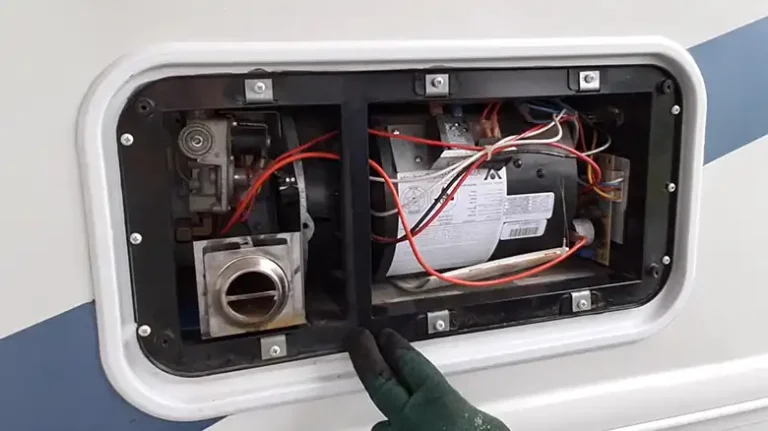
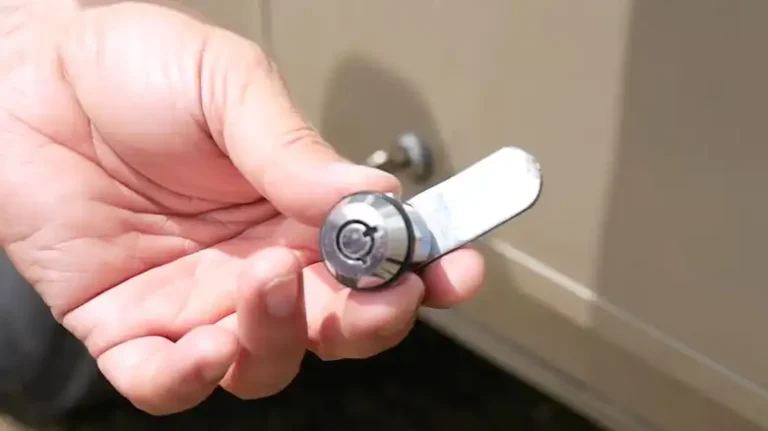
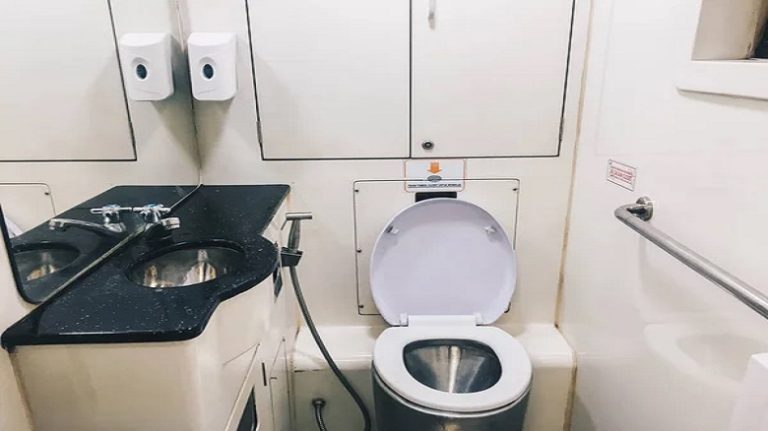
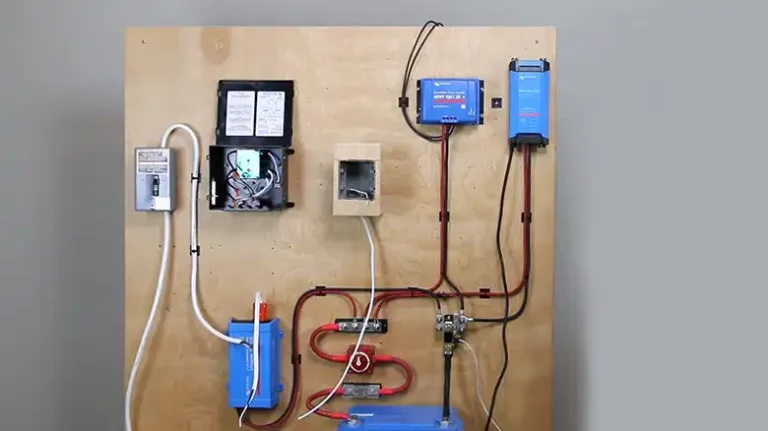
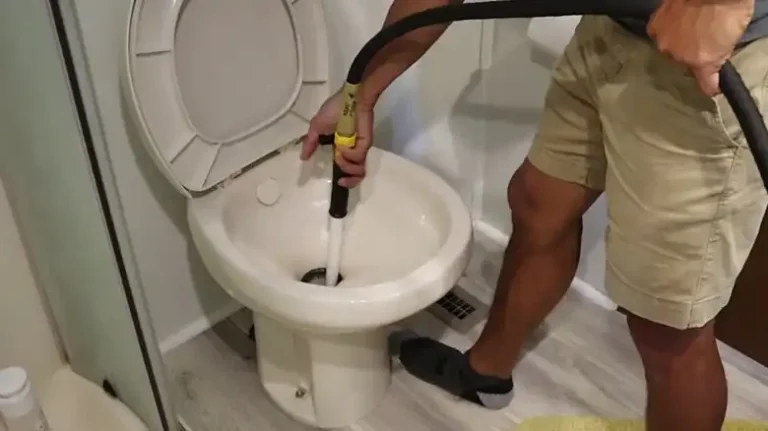
![[7 Fixes] RV Lights Not Working on Shore Power](https://www.exploringthelocallife.com/wp-content/uploads/2023/08/RV-Lights-Not-Working-on-Shore-Power-768x431.webp)
